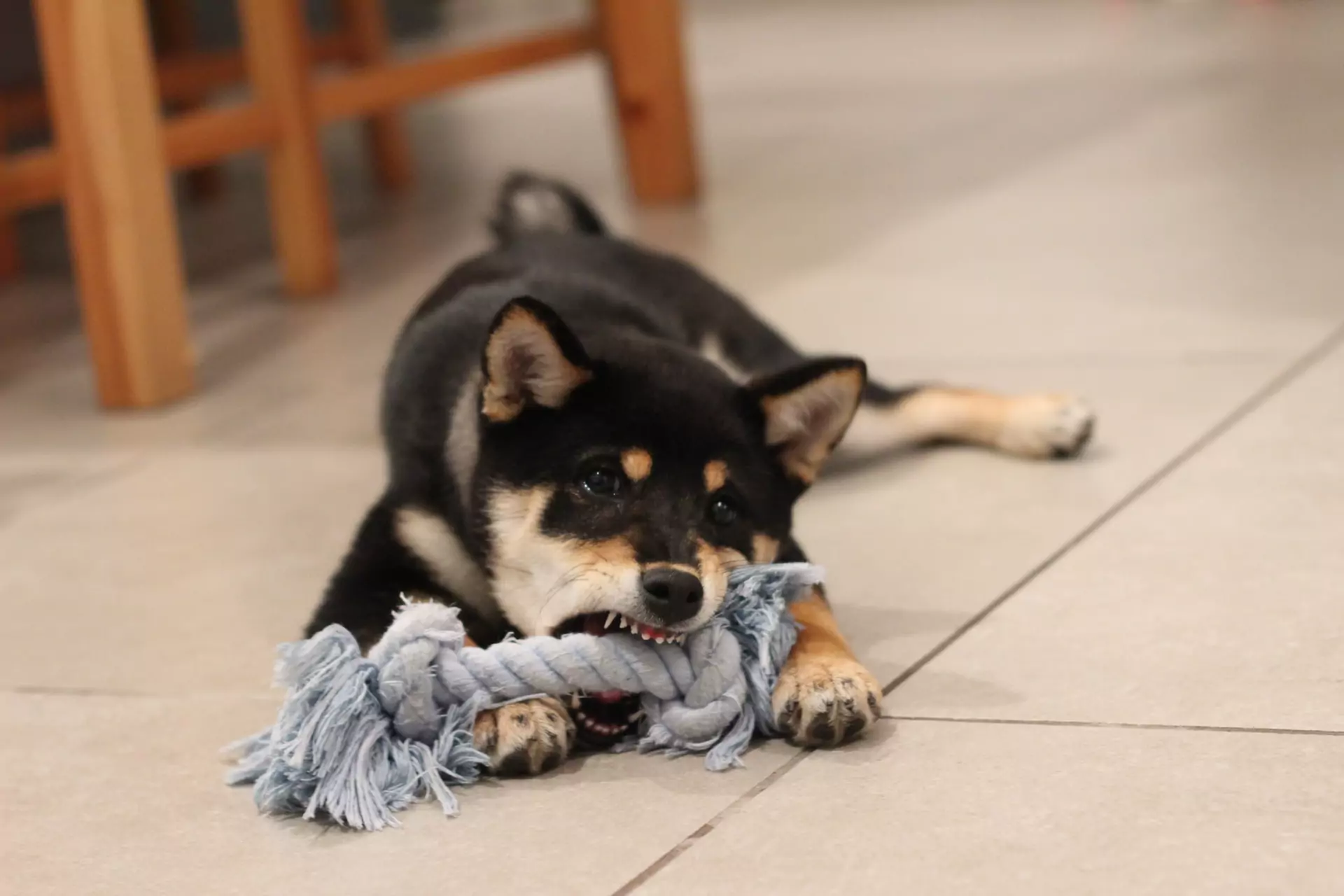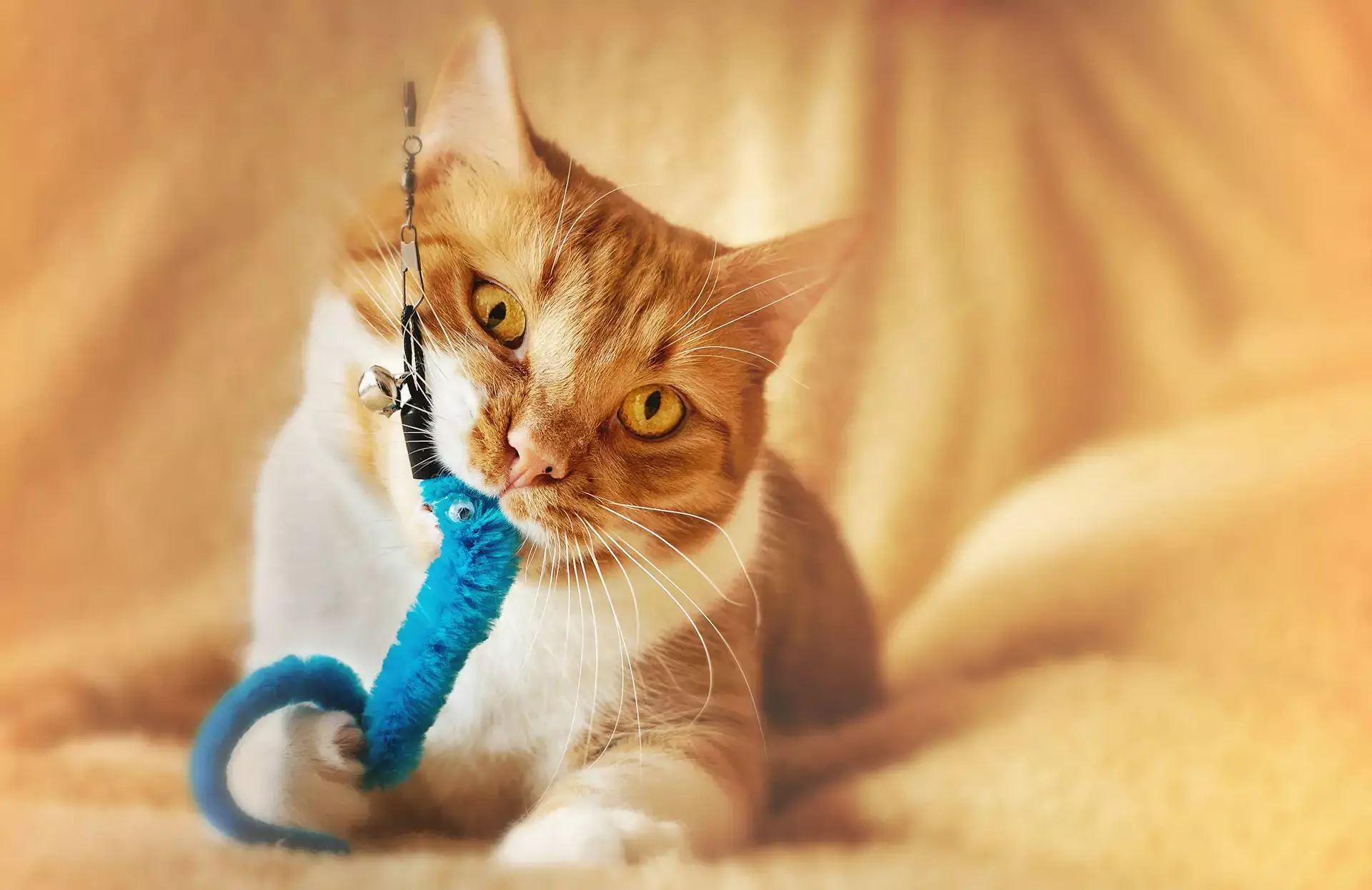Have you ever come home to find that your canine pal has chewed up your sofa, or eaten your shoes? This may extend beyond Fido’s natural need to chew. There is actually a specific name for this behavior: pica. The whats, whens, and whys of pica in dogs can vary widely. A local vet provides some information on it below.
Eating Grass
Eating grass is one of the most common forms of pica. There are several possible reasons for this. Fido may be trying to get relief from an upset stomach, or he may be trying to compensate for a nutritional imbalance, which may have manifested as a craving. While most grass isn’t dangerous in and of itself, many plants are. Plus, a lawn treated with pesticides or chemicals is definitely not safe for your pooch to eat. Your furry pal could also pick up parasites.
Fido Ate What?
If Fido snacks on your lawn, it isn’t usually going to be an emergency. Unfortunately, though, pica isn’t limited to grass. Our canine friends have been known to eat all sorts of things. Underwear and socks are two common items. Man’s Best Friend has also eaten rocks, nails, toys, screws, batteries, watches, and, of course, homework, to name just a few. As one can imagine, these things are definitely not safe for your furry friend. Some can cause intestinal damage, blockages, or choking. Others, such as batteries, are highly toxic. In some cases, dogs’ ‘snacks’ will pass out the usual way. However, some cases may become life-threatening, requiring surgical intervention. Call your vet immediately if you suspect or know your dog has eaten something he shouldn’t have.
Treatment
Having Fido examined by a vet is the first course of action in pups with pica. It’s important to determine if your pooch has health problems or nutritional issues. Thyroid issues, diabetes, and malnutrition are a few possibilities. Your vet may recommend putting Fido on medication, supplements or changing Fido’s diet.
It’s also important to realize that sometimes dogs engage in pica due to mental or emotional issues, such as stress, fear, or loneliness. Make sure Fido has suitable playtime and toys, and spend lots of quality time with him. Puppyproofing is also a must. Ask your vet for more information.
Our Advice on Pica In Dogs in 2025
What is pica in dogs, and why do dogs exhibit this behavior?
Pica in dogs refers to the unusual behavior of eating non-food items like grass, socks, or toys. This behavior can have various underlying causes. Dogs may eat grass to soothe an upset stomach or to address a nutritional deficiency. However, consuming non-food items can be dangerous, leading to intestinal blockages or toxicity. Dogs may exhibit pica due to health issues like thyroid problems, diabetes, or malnutrition. Additionally, mental and emotional factors such as stress, fear, or loneliness can contribute to this behavior. To address pica, it’s crucial to consult a veterinarian for a thorough examination to identify and treat any underlying issues and provide suitable playtime and toys for mental stimulation.
Why do some dogs eat grass, and is it safe for them?
Some dogs eat grass for various reasons, and it’s usually safe in moderation. Grass consumption may help dogs alleviate upset stomachs or satisfy a fiber and nutrients craving. In many cases, it’s a natural behavior. However, it’s essential to ensure that the grass your dog consumes is free from pesticides or chemicals, as these can be harmful. If your dog eats excessive amounts of grass or exhibits signs of discomfort, it’s advisable to consult a veterinarian to rule out any underlying health issues. While occasional grass-eating is generally harmless, monitoring your dog’s behavior and ensuring a safe environment is crucial for their well-being.
What are the dangers of dogs consuming non-food items like socks or toys?
Dogs consuming non-food items like socks, toys, or other objects can pose serious dangers. These items can become lodged in the dog’s digestive tract, leading to blockages, obstructions, or choking hazards. In some cases, they may cause intestinal damage or perforation, which can be life-threatening and require surgical intervention. Additionally, particular objects like batteries, chemicals, or toxic substances can lead to poisoning and have severe health consequences. Dog owners must be vigilant, provide proper supervision, and puppy-proof their homes to prevent access to hazardous objects. If a dog ingests a non-food item, immediate veterinary attention is essential to assess and address the situation.
How is pica diagnosed and treated by a veterinarian in dogs?
Diagnosing and treating pica in dogs involves a comprehensive approach by a veterinarian. To diagnose the underlying cause, the vet will perform a thorough physical examination and may conduct blood tests to check for health issues like thyroid problems or nutritional deficiencies. Treatment strategies depend on the cause; it may involve dietary changes, supplements, medication, or addressing underlying behavioral issues. Behavioral modification, such as providing mental stimulation and reducing stress, plays a crucial role. Puppy-proofing the environment to prevent access to non-food items is also recommended. Regular follow-up visits with the vet are essential to monitor progress and adjust the treatment plan accordingly.
Can mental or emotional factors like stress and loneliness lead to pica in dogs?
Yes, mental and emotional factors like stress and loneliness can contribute to pica in dogs. Dogs may engage in pica as a coping mechanism for emotional distress. Stress, anxiety, fear, or feelings of loneliness can trigger this behavior. Providing dogs with mental stimulation, social interaction, and a supportive environment can help reduce these emotional factors that lead to pica. Dog owners need to recognize and address their pet’s emotional well-being alongside any physical causes to manage and prevent pica effectively. Consulting with a veterinarian or animal behaviorist can be valuable in addressing these underlying emotional issues in dogs.
Do you have more questions about your dog’s health or care? Contact us, your animal clinic in Bloomington, CA, today.



